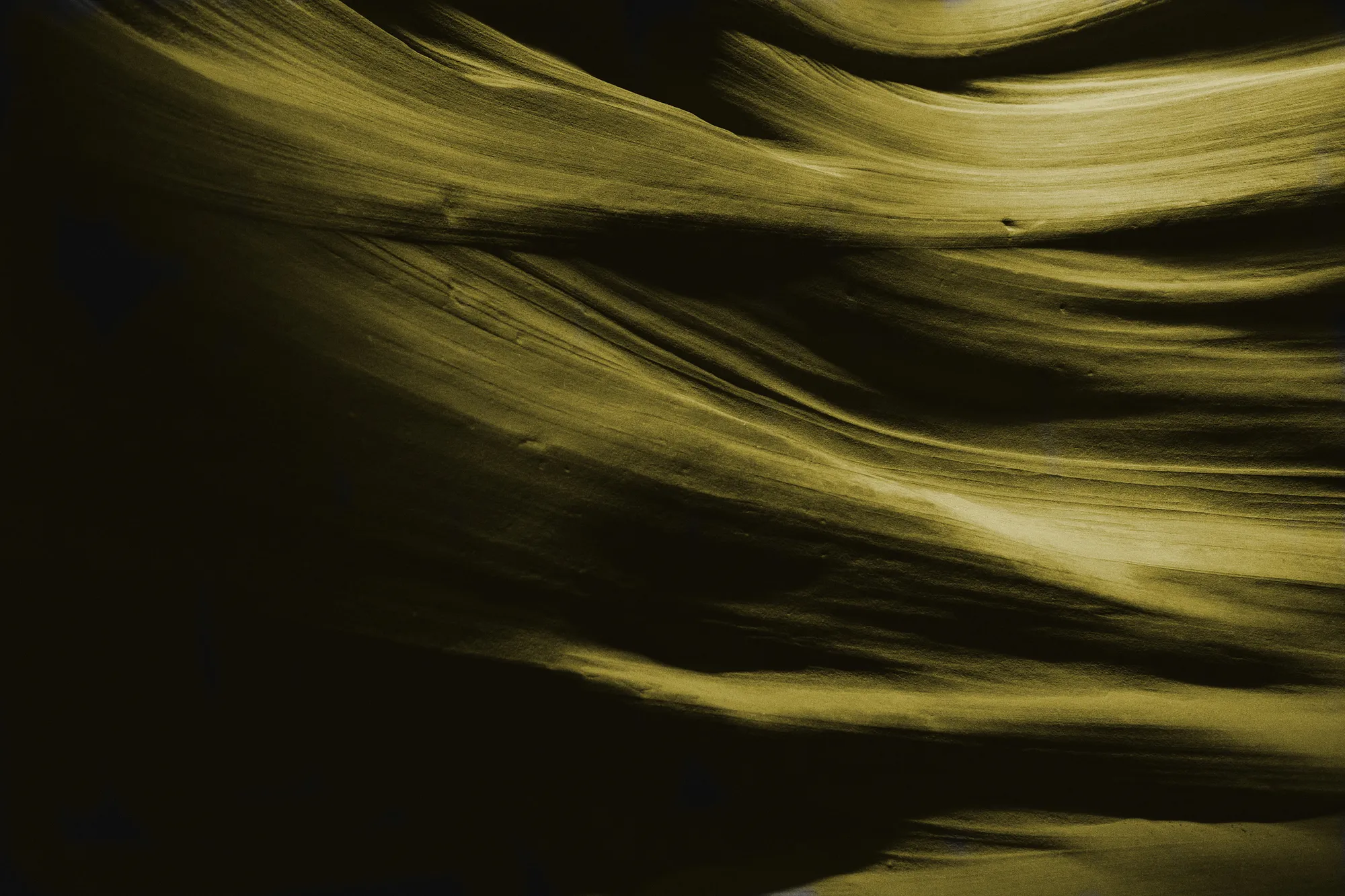Machine learning and deep learning are enabling amazing applications all around us. However, traditional models of deep neural networks are designed to take advantage of the vast memory and raw computing power of centralized servers.
In this article, we examine how the concept of ‘transfer learning’ may usher in deep learning efficiently on the edge, and more specifically, inside your smartphone.









